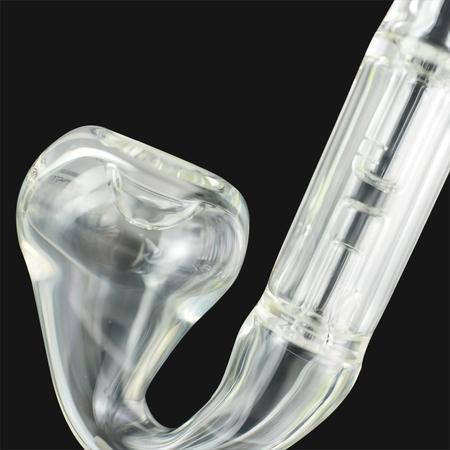Metal or Plastic Pipes - Which Are Best?
If the time has come to remodel your home plumbing system, or you are building a new home, an important decision is choosing between plastic or metal piping. How do you make the choice between the many options available? Some factors to keep in mind while making your decision are: cost; health and environmental concerns; and, if replacing part of a plumbing system, what type of pipes are already installed.
Metal Pipes
Copper pipes are the most popular type for new homes. They are less likely to leak, recyclable, long-lasting, and heat-tolerant. The biggest drawback of copper is its high price - although some might say the price is worth the quality! If your water is highly acidic, this can corrode copper over time. They can also be difficult to install, making it less likely this could be a DIY project.
Older homes can have some other varieties of metal pipes. Galvanized pipes are sometimes found in homes built before 1980. These are very heavy and may contain lead which can be released into your water if the pipe corrodes. They can cause other problems such as frequent line clogs and discolored water as they age. If your home is older and has galvanized pipes, it could be time to consider replacing them.
Less often used types include stainless steel pipes, which are high quality and strong, but even more expensive than copper; and cast iron pipes, which are durable, if somewhat bulky, and join well with PVC pipes for a mixed pipe system.
Plastic Pipes
Plastic piping is a modern choice that is relatively inexpensive and light. They do not rust or corrode over time in the way metal does. Plastic is easier to work with for those who want to attempt DIY plumbing projects at home. There are several types of plastic pipes commonly used in residential plumbing.
The most commonly used kind of plastic pipe is PVC (Polyvinyl Chloride Pipes). PVC is popular for bathrooms and vents. It is good at handling high water pressure, and shares the other upsides of plastic. The downsides of PVC pipes, however, are several. It can have difficulty with handling extremely hot water, warping over time. Some people feel PVC pipe gives water a plastic taste.
PEX pipes are another commonly used form of piping. The main benefit of these pipes is that they are very versatile to use in tight spaces where one needs to work with a small wall space or tight turns - or if one needs a long length of pipe. They are also heat-resistant, unlike PVC pipe, and can be retrofitted to work with other pre-existing pipes in the home. There do seem to be some environmental concerns regarding PEX pipes, although they are approved in many areas.
Less well-known forms of plastic pipes include PB pipes, which can be used as a cheap replacement for damaged copper pipe, but are of low quality; and HDPE pipes, which are flexible and durable, giving them a wide application of plumbing uses.
For more info:-

Comments
Post a Comment